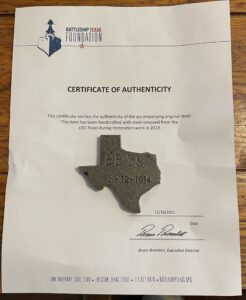I like watches.
But not in the way other people do. I’m not so much into the expensive high-end mechanical watches (I think they’re cool, but not $180,000 cool) but weird digital watches. I’ve actually worn two Casio Triple Sensors and am on my second moon phase and tide watch.
Yes, I do find it increasingly hard to justify watches when my phone pretty much does every possible function I could want. But I digress. Trust me, I’m going somewhere.
Did you know Garmin makes a watch with Applied Ballistics software built-in? Yeah, really. It’s $1,600.
“So?”
The Apple Watch Ultra is $800. Apple claims that they already have a full-blown recreational dive computer on it. I’m wondering: what will the Garmin watch do that the Apple Ultra won’t? Other than battery life: the Garmin has a solar cell which boosts battery life before recharging.
How long do you think it’s going to be before we start seeing advanced ballistic apps that run well on the Ultra? My guess is not too long. You’ll probably need a smartphone to set up and load cartridge profiles and such, but if I’m reading Garmin’s marketing right the same thing applies.
I’ve said before: I like Apple stuff in my personal life because it just works. My work computer is a Mac (full-time employees have a choice between Mac and PC), but the machines I work on are UNIX boxes with a thick layer of Python slathered all over them. I’ve worked professionally with PCs and Windows servers before, and would do it again for money. When it comes to the platform wars, I am a conscientious objector.
I’m just thinking: I haven’t bought an Apple Watch before now because the value proposition hasn’t quite been there for me. But it is getting closer to being there, especially looking at the new Ultra.
(If I don’t buy one before that time: continuous blood glucose monitoring is the one thing that absolutely would push me over the edge. Unfortunately, it feels like that’s one of those things that’s been five years away for the past 20 years.)
